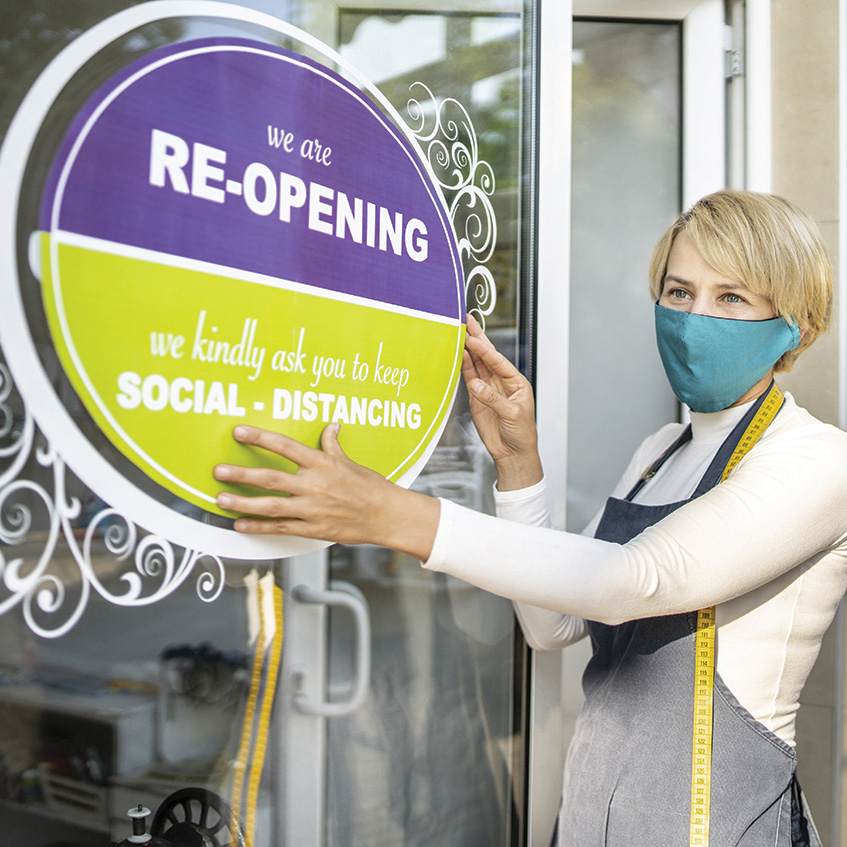The holiday shopping season is a profitable period for retailers. So it should come as no surprise to consumers that many stores now begin stocking shelves with Christmas decor and other holiday-related items as early as September, reminding shoppers that the countdown is on until the holidays arrive.
Historically, Black Friday has been the busiest day for retailers, but Cyber Monday has increasingly become a go-to holiday shopping opportunity. Now largely known as BFCM, Black Friday Cyber Monday is undoubtably the busiest time of year for retailers. These days can be a make-or-break period for many merchants. According to Drip, an e-commerce customer data aggregator, Cyber Monday was the biggest shopping day in 2023, with shoppers spending $12.4 billion – a 9.6 percent year-over-year increase. The National Retail Federation reported a record 200.4 million shoppers participated in Black Friday and Cyber Monday sales in 2023.
As people consider their BFCM shopping plans for 2024, these tips can help them make the most of these unique opportunities.
Become A Price Connoisseur
Consumers who would feel right at home calling out correct prices on “The Price is Right” will have an advantage come the holiday shopping season. By understanding the standard retail price on many items, it is easier to know just how customer-friendly BFCM deals are. Consumers can look at the advertisements in newspapers or online and only shop the best deals to save money.
Pay Attention To Early Bird Deals
BFCM is a great opportunity to save, and many retailers have extended this exclusive price-slashing period to offer “sneak peeks” and “early bird” opportunities that precede Black Friday and Cyber Monday. Shoppers can keep an eye out for early BFCM deals to save even more money.
Explore Loyalty Rewards
Shoppers who are part of stores’ rewards programs, whether that entails earning loyalty points or having a store credit card, may be eligible for additional perks. Although one’s email inbox may be overflowing this time of year with promotions, individuals should double-check their accounts to see if they’ve been given early access to sales or special coupon codes that can bring prices down even further. Some retailers also may utilize digital coupons that need to be “clipped,” which is basically saving them to a loyalty account.
Plan The Shopping List In Advance
A complete shopping list at the ready can make it easier to shop for specific items during Black Friday or Cyber Monday hours.
Avoid Impulse Buying
It may be tempting to grab many different items because the prices seem so good. However, sticking to a list and only shopping for necessary items is an effective way to avoid overspending.
Don’t Forget Small Businesses
Be sure to check out the sales at local small businesses during BFCM as well as Small Business Saturday. Shoppers may find that deals at smaller retailers rival those at larger chains.
Black Friday and Cyber Monday present chances to save. Making the most of these shopping opportunities can translate to scoring holiday gifts at the lowest prices possible.













